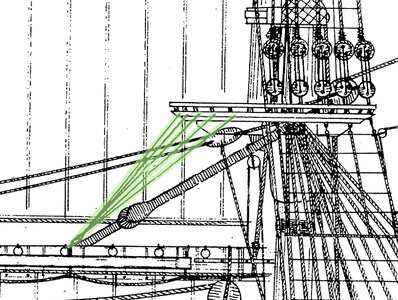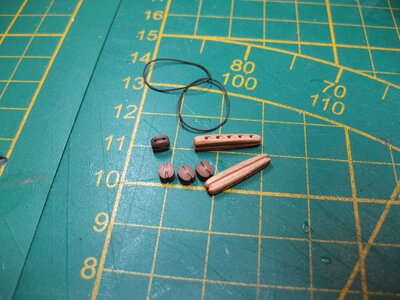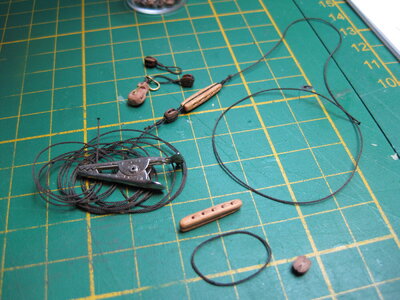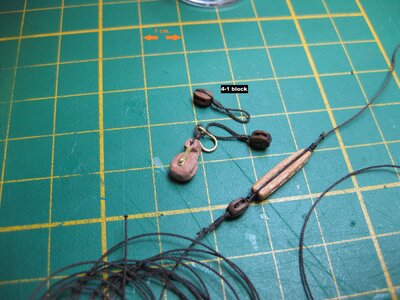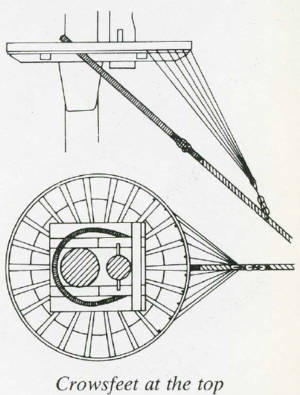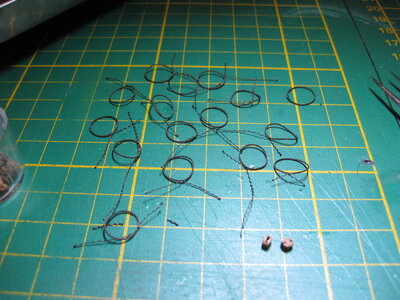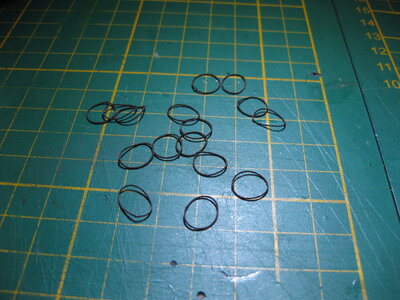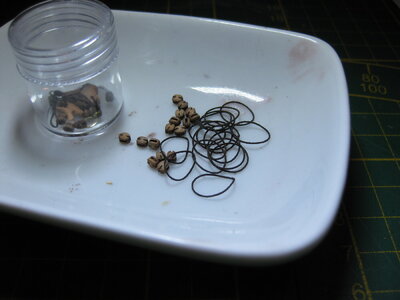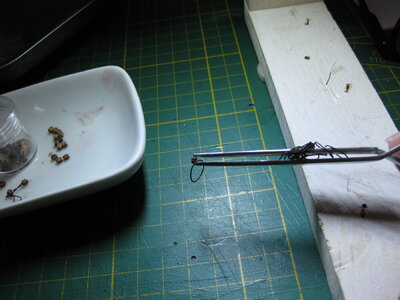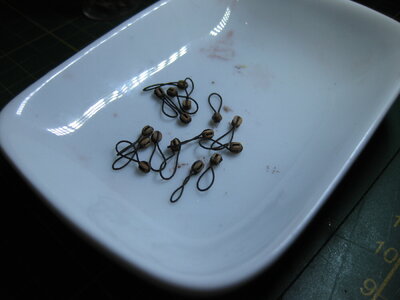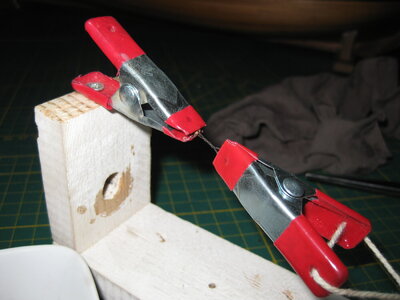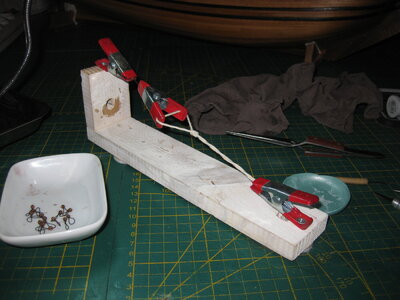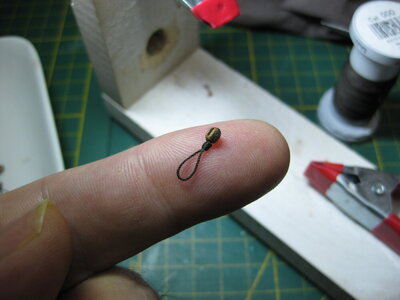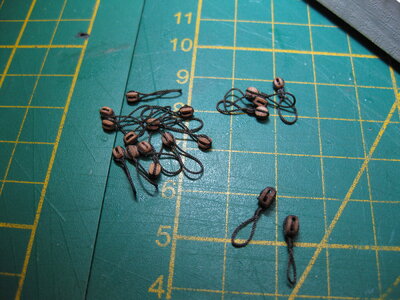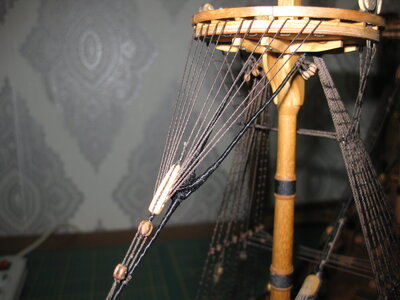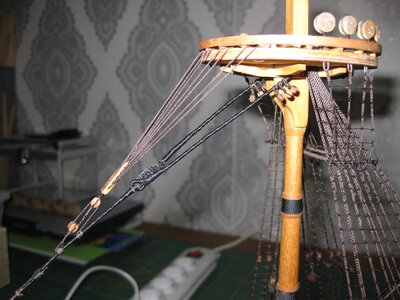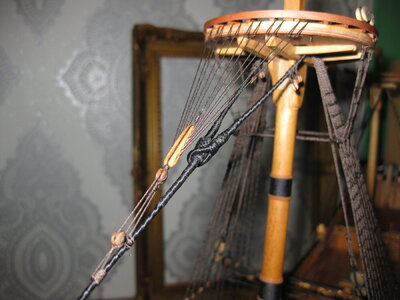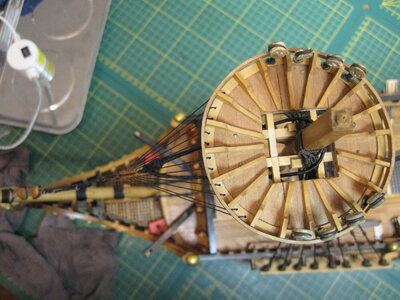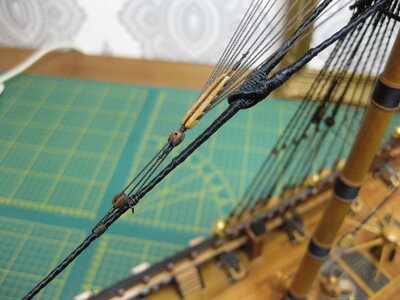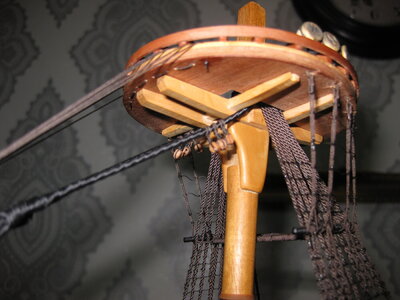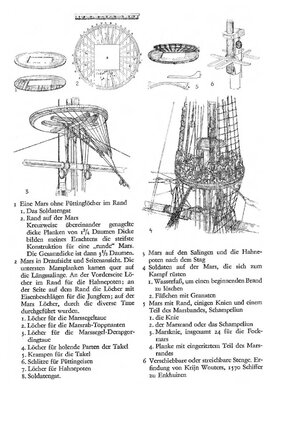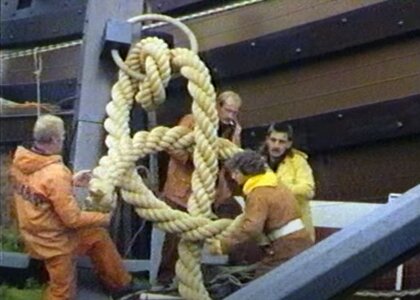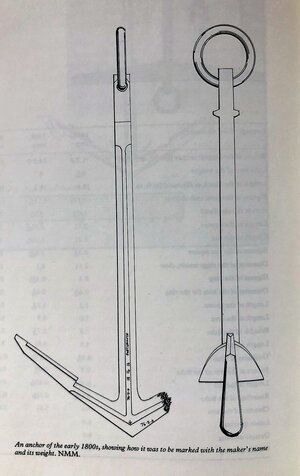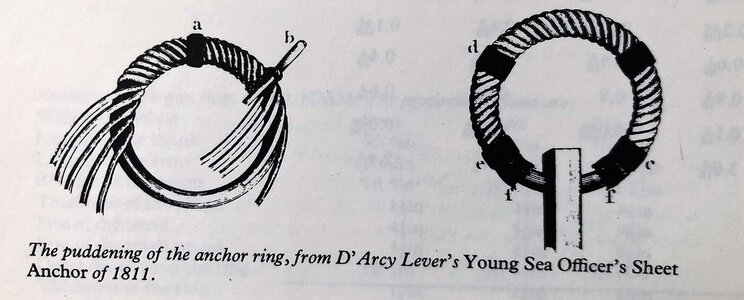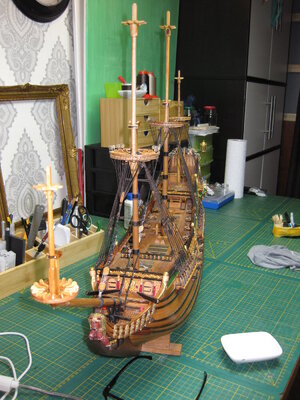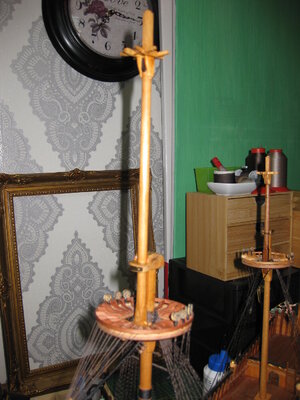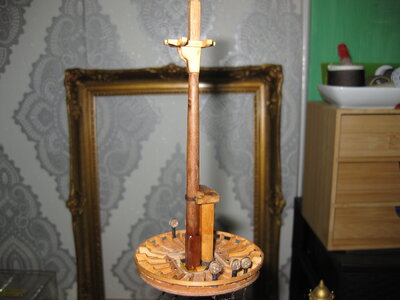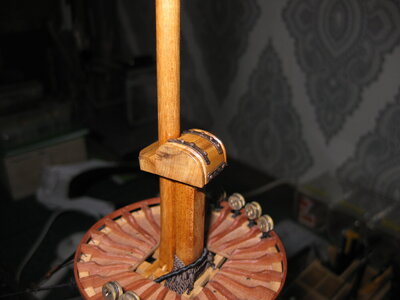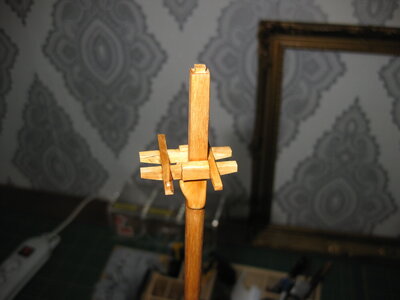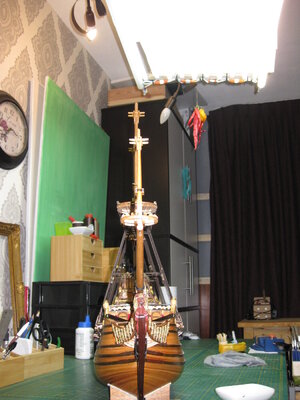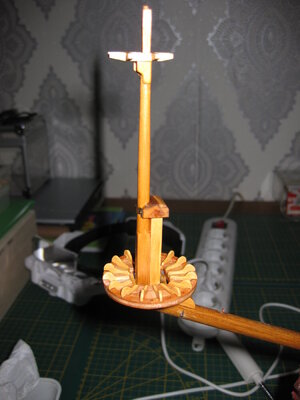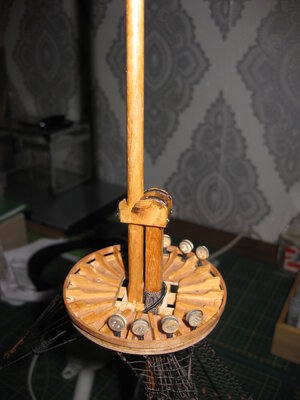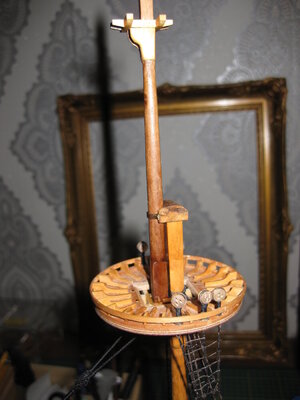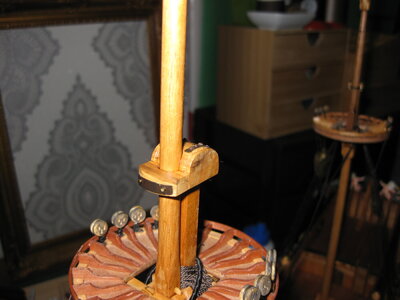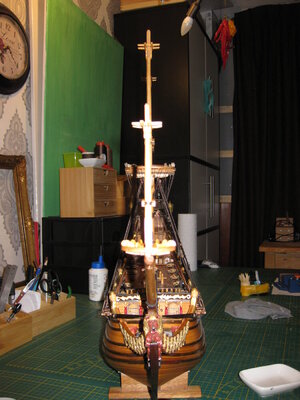I am sure there are many aspects of the replica ship's construction which are different, most in the interests of safety, others dues to changes in materials or design for savings in cost or cost of manufacture, or to extend the lifetime of the component or the ship in general. Suffice to say, a true, accurate early 17th century vessel is a dangerous ship to sail, with many features that being on much more risk to human life by modern marine standards. The most obvious modern changes would be a ships radio, motorized propulsion, anchor handling gear, and modern navigation equipment. Some replica vessels, like the HMAV Bounty which I had the pleasure of touring years ago, are not wood, but metal sheathed in wood. This departure saves cost, improves hull strength, and can reduce weight. Modern features on the Bounty were disguised beneath mockups of crates and other items on the weather deck. To me, it was disappointing to see that the vessel was not a 100% reproduction. Being aboard such a ship would be a dream come true. I do not believe a 100% reproduction of a large scale 17th century vessel is possible these days because of the scarcity of certain materials, including strong, old growth mast timbers and wood for framing. Also modern maritime law would not allow a primitive ship to sail minus essential modern safety features.







 but finally I won.
but finally I won. 